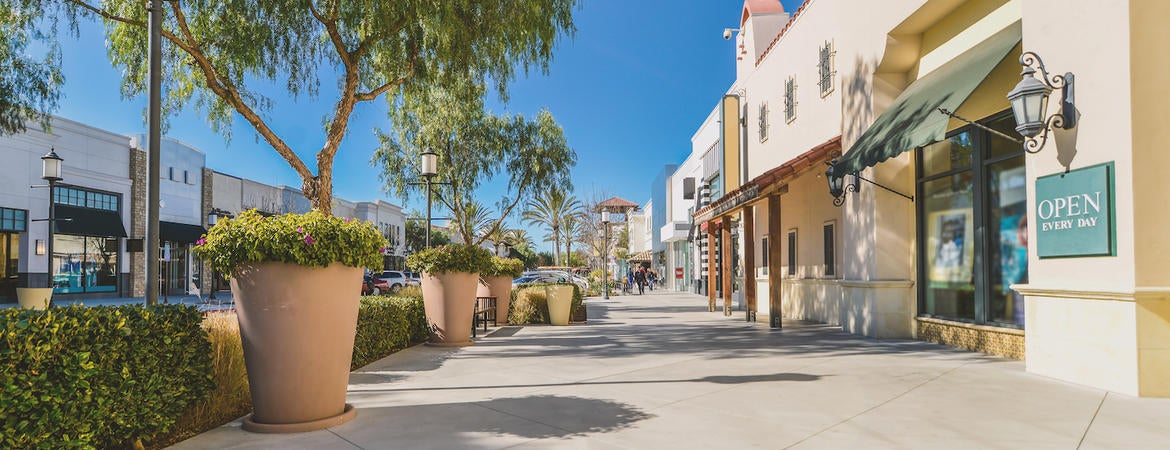
After more than a year of pandemic-driven business closures and restrictions on activity, the fundamentals that drive long-term economic growth are alive and well in the Inland Empire, according to an analysis released today by the UC Riverside School of Business Center for Economic Forecasting and Development. The region’s labor market, where the pandemic’s greatest damage was unleashed, continues to steadily recover while other parts of the economy, such as the housing market and overall taxable sales, have expanded and even flourished.
According to the latest numbers, the Inland Empire’s labor market has added back 145,100 jobs since it hit bottom in April 2020. While it still has some distance to go to fully return to pre-pandemic levels (total nonfarm employment in the region currently sits 4.9% below its February 2020 peak), significant consumer demand should drive a rapid recovery.
“Consumer demand was pent up over the past year, and even industries that suffered the worst losses, such as leisure and hospitality, should experience significant job gains as companies ramp up to meet surging demand,” says Taner Osman, research manager for the center and one of the report’s authors. “This was a recession driven by the pandemic, not by anything fundamentally wrong or off-balance in the economy, so when the virus recedes, there is really nothing to hold back a quick recovery.”
Once businesses fully reopen and COVID-19 health concerns wane, the regional labor market should recover all the jobs it lost this year, or come close, according to the analysis.
Key Findings
- Industry Impacts: Like elsewhere, throughout the pandemic, the largest job losses in the Inland Empire have been concentrated in the leisure and hospitality sector, where there are 44,600 fewer workers today compared to February 2020 (a 25.3% decline). Significant job losses also occurred in government, manufacturing, other services (a sector that includes hair and nail salons), administrative support, and education/health care.
- Wage Growth: One unintuitive effect of the pandemic has been wage growth. From the third quarter of 2019 to the third quarter of 2020, wages in the Inland Empire jumped 5.7%. This trails the 6.7% pace of growth in California overall and, notably, some of it must be attributed to the loss of more low-paying jobs during the pandemic.
- All Is Not Equal In Consumer Spending: Overall, taxable sales in the Inland Empire expanded by 5.5% from the fourth quarter of 2019 to the fourth quarter of 2020. But while consumers were spending throughout the crisis, their consumption was not evenly spread. Spending in e-commerce (county and state pool) soared 46.5%; building and construction spending jumped 15.5%; and purchases at food and drug stores rose 12.6%. On the other hand, fuel and service station spending plummeted 25.4%, and restaurants and hotels suffered a 16.4% drop.
- Hot Housing Market: The median single-family home price in the Inland Empire rose 16.3% from the fourth quarter of 2019 to fourth quarter of 2020. Robust price growth in the IE and elsewhere has been driven by the fact that homebuyers are typically higher income and have been less affected by the pandemic, low mortgage rates, and historically low inventories.
- Rising Rent: Asking rents in the Inland Empire grew 2.5% over the past year to $1,467 per unit per month. Despite the growth, rent in the region is still more affordable than in Los Angeles ($1,973), San Diego ($1,860), and Orange ($1,954) counties.
- Retail Under Pressure: Unsurprisingly, demand for retail space in the Inland Empire fell over the last year with the vacancy rate rising to 10.0% in the fourth quarter of 2020. Asking rents also fell by 2.9% to an annual rate of $22.59 per square foot. In contrast, demand for warehouse, office, and flex/R&D properties increased over the year.
The new Inland Empire Regional Intelligence Report was authored by Osman and Senior Research Associate Brian Vanderplas. The analysis examines how the Inland Empire’s labor market, real estate markets, and other areas of the economy are recovering from the COVID-19 pandemic and their outlook for the remainder of the year. View the full analysis.